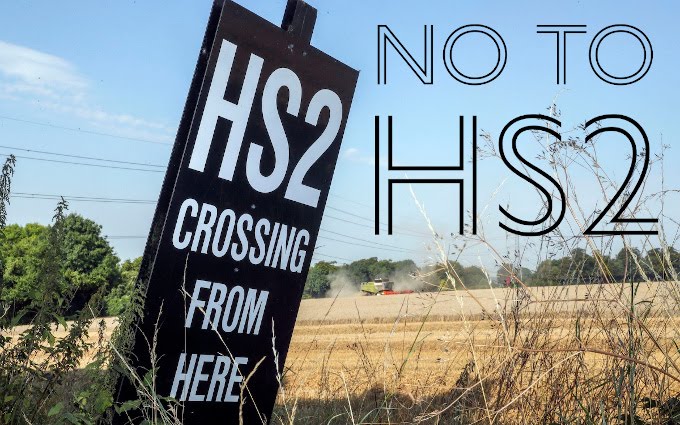Having been doing some travelling lately, I have had more thoughts on the subject of ultra-low train ticket offers. When I first started travelling long distance in the early 1950s, the return fare from London to Glasgow was £5 0s 6d. This was calculated at 1½ d a mile (hence the odd sixpence), and all fares were at the same rate, according only to the distance. There were of course cheap day returns and special excursion trains to popular destinations, which were a simple form of yield management, since they made use of rolling stock which would otherwise have been standing idle or gone for scrap. Later in the 1950s came the mid-week return, available on Tuesdays, Wednesdays and Thursdays, with the aim of tempting people onto under-used services and relieving the pressure on the busier trains.
Nowadays, things have gone to opposite extremes as the railways have followed the airlines. At one time, this meant cheap standby fares for passengers who turned up at the last minute, but the present fashion is exactly the opposite, with super-cheap offers for those who book months in advance. Swedish Railways, for instance advertise a fare of 95 kronor (just over £10) for long distance routes such as Gothenberg to Copenhagen. The inter-city train companies do a similar thing in the UK.
But just you try and get hold of one when you actually want to travel. The Swedish offers apparently attracted the attention of professional ticket touts who then re-sold the tickets on Ebay. Failing to get the message, the nationalised train company compounded the problem by insisting that passengers proved their identity when they travelled. Which has not, it seems, made the tickets any more available.
What, then, is the point? When passengers repeatedly fail to buy train tickets at these widely advertised rock-bottom prices even when they try to book several weeks in advance, they draw the conclusion that the offers are nothing more than a marketing gimmick and end up feeling swindled or worse. This cannot be good for the image of the train operator, who loses money, as there can be few people who are induced to travel who would not have made the journey anyway.
There is nothing wrong with yield management, but this needs to take place intelligently and at several levels. Railways have enormous fixed costs which must be paid before even one single passenger can travel. The line, stations, signalling equipment must be constructed. Rolling stock must be obtained. Staff must be engaged and trained. It adds up to a lot of resources invested, and the aim must be to achieve the best use of these.
The implications are that little extra cost is incurred in running one additional train, so long as the capacity of the track and signalling is not strained to the point that congestion occurs. Likewise, little extra cost is incurred in running longer trains rather than shorter ones, so long as the rolling stock is available. And of course it costs no more to run a full train than an empty one.
From the operator’s point of view, the easiest way to run the service is to have fixed-formation trains at regular intervals, on infrastructure with just enough spare capacity to enable the system to recover from disruption. The snag is that the resulting service is not one that provides the trains at the times people prefer to travel. Some means then must be found to adjust demand to supply. Whether this is the most efficient way to use resources is questionable, but it spelled the end of the simple mileage-based fares of the past. It does not, however, explain the rise of the bargain-basement fare, which probably grounded on nothing more than the desire for good advertising copy.

No comments:
Post a Comment